Libya is a state without a functioning political or social structure. The risk of terrorist attacks and kidnappings is very high, as criminals become increasingly well-organized and the state police system is reduced to tatters. In a country of 6 million people, there are an estimated 20 million weapons in circulation. The armed forces no longer exist as any sort of coherent entity, in spite of efforts by some Western countries to help train security forces.
Not surprisingly, all this has hit Libya’s economy pretty hard. Before the 2011 revolution, Libya exported large amounts of oil, trading principally with China, Italy, Germany, Spain, Turkey, and others. Libya’s economy used to be a pretty stable trading platform, even if it was ruled by the tyrannical Moammar Gadhafi. That changed: In 2010, Libya had a GDP of $74.76 billion (compared to neighboring Tunisia’s $44.43 billion, for example); in 2011, it fell to less than half that, at $34.7 billion.
Behind this dramatic decline are effects of the post-revolution security situation, on the one hand, and decades of policy failure on the other. Can the historic drivers of Libya’s economy be revived? And what can the international community do to help Libya rebuild it?
Bad news on oil
Oil has long been the key driver of Libya’s economy. Yes, there is a limited agriculture industry—dates, olives, fruits, vegetables, grains, and livestock—as well as an industrial base in steel, cement, construction materials, and chemical agents (and other petrochemical supplies). But oil incomes represent 97 percent of Libya’s total exports.
Oil deposits are distributed both in Cyrenaica and in Tripolitania, plus offshore. Oil wells are mainly managed by Italian ENI, Russian Gazprom, German Wintershall, French Total, and Spanish Repsol. At the end of 2014, Libya’s active refineries were in Ras Lanuf, Zawiya, Tobruk, Sarir, and Marsa Brega.
Before Libya’s revolution in 2010, the country exported 1.6 million barrels of oil per day; in August 2016, it exported just over 200,000 barrels per day. The dramatic fall was due to intense fighting during and after the revolution, when rival factions and militias caused considerable damaged to oil infrastructure, as well as all but blocked oil production and export. Libyan natural gas facilities suffered the same fate: The country is quite rich in natural gas, with onshore and offshore fields, but few facilities function today due to continuous clashes between opposing factions. Finally, it doesn’t help that, particularly since 2014, some of Libya’s armed groups have tried to sell crude oil independently—and illegally, given the U.N. Security Council Resolution prohibiting illicit crude oil sales.
As a result of all this, the current account swung from balanced in 2013 to a massive deficit (estimated at around 76 percent of GDP) in 2015. To finance this deficit, net foreign reserves are being rapidly depleted.
More bad news
In electricity, the picture isn’t much better. In the past, Libya had one of the highest electrification rates in Africa. From 2002 to 2012, the country’s electric capacity rose by 50 percent. But today, all of this is only a memory: Electricity lines have suffered from constant interruptions due to fighting in recent years (though particularly since 2013). In May 2015, Minister of Electricity and Renewable Energy Nour Eddin Salem denounced the factions causing the damage—but one year later, nothing has changed. In January of this year, heavy gunfire, artillery, and mortar fire near a power plant in Benghazi damaged five of the six transformers, causing a prolonged blackout in Libya’s second most-populated city. In April, the General Electricity Company of Libya reported that 500 telegraph poles traveling in trucks had been stolen by local militias.
In tourism, the picture is (predictably) abysmal, since the conflict in Libya has completely frozen the industry. The Libyan banking system, for its part, is collapsing under the weight of lack of liquidity and corruption. Economic institutions like the Central Bank are in the middle of the fray, with the Tripoli-based and Benghazi-based governments competing for their control (in May, for example, a branch of the Central bank in al-Bayda minted its own currency, with Russian help). The country is on the brink of bankruptcy and a liquidity crisis, and ongoing instability makes investment in Libya all but impossible.
Finally, unemployment: The overall jobless rate in Libya increased from 13.5 percent in 2010 to 19 percent in 2012, and it’s essentially the same today. Youth unemployment, most dramatically, stands at about 48 percent, and female unemployment is 25 percent. About 85 percent of Libya’s labor force is employed in the public sector, a high rate even by regional standards (and for women, the rate is 93 percent). Limited opportunities exist for reintegrating youth and ex-combatants into the labor market, and 30 percent of firms have reported difficulty in recruiting qualified Libyan nationals because only 15 to 30 percent of them can said to be “skilled.”
Recommendations
It’s hard to see a way out of this. But does the international community want Libya to collapse further? Additional deterioration would no doubt affect neighboring economies, still fragile after the Arab Spring.
In the short term, the key challenge is for Libya to restore and improve basic public services. In the long term, Libya—hopefully with help from the international community—needs to develop a more diversified, market-based economy that goes beyond the oil and gas sector. In oil and gas, Libya should drastically change the management of revenues to ensure they are used in the best interests of the population, for example by using revenues to finance large infrastructure investments, creating productive jobs for Libyans in the process. The Libyan Investment Authority holds vast financial resources, estimated at $67 billion at the end of 2012—those could be mobilized and injected into the real economy.
The private sector will only be able to re-enter the Libyan market once the security situation stabilizes, but it will then help create sustainable jobs and wealth. Agriculture could be developed again, as could the renewable energy sector (and solar energy in particular). The tertiary sector, which was not very developed in the past, except for in ministerial offices, would benefit as a result of these other changes in the economy. The hospitality and tourism industries, for example, could re-grow once there is some stability and adequate infrastructure, as is the case in neighboring Tunisia and Egypt, where tourism represents a large portion of GDP. To address unemployment, targeted interventions should seek to advance skills development, vocational training, apprenticeship and entrepreneurship programs—something that Gadhafi never did, but which Libya needs in order to have a competitive workforce.
The rub, of course, is that to implement such ambitious plans, Libya needs to reach the first chimera: political stability. That, tragically, may still be a long way off, but planning for a brighter economic future needs to start now.
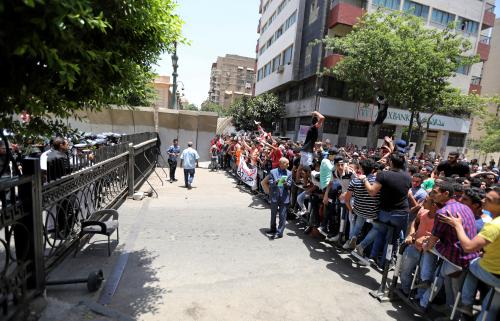
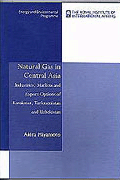
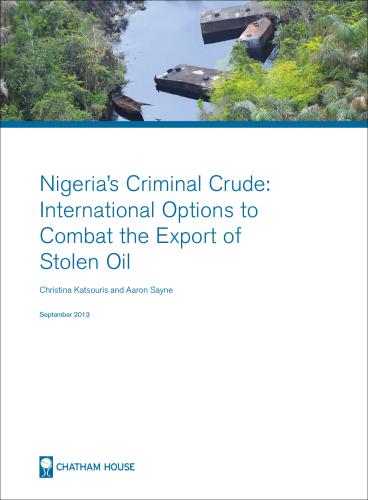
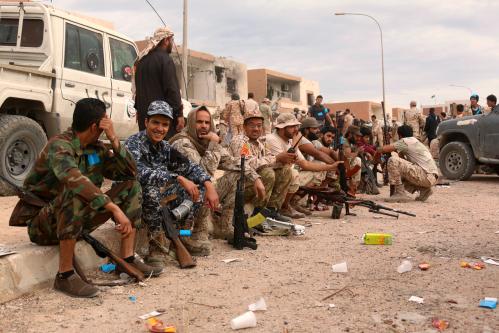
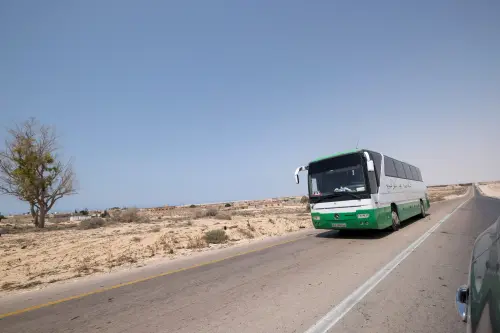
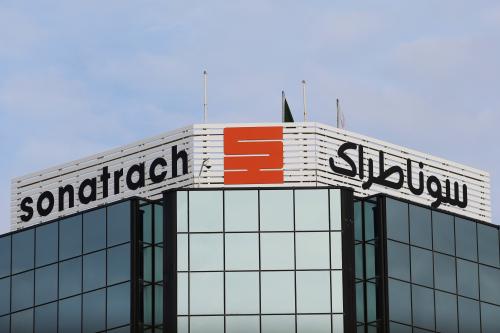




Commentary
Making Libya’s economy work again
October 7, 2016